

i ues explorer ss

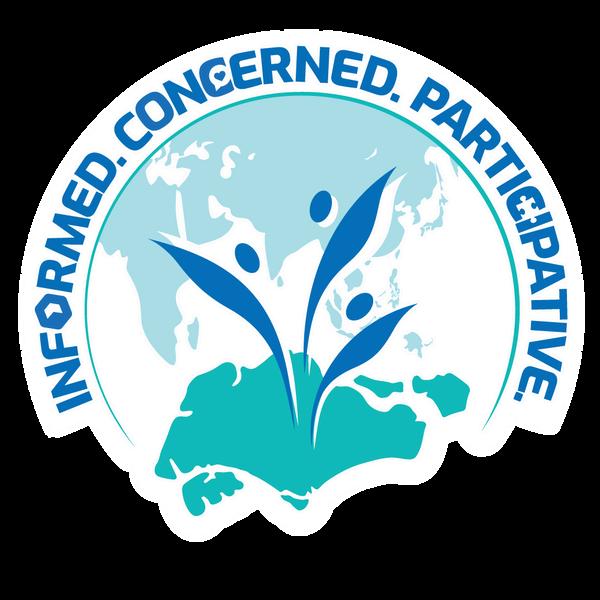


DO TARIFFS DO TARIFFS
AdaptedwithpermissionfromtheNationalLibraryBoard’s“ReadtobeSURE”initiative
(Volume5,Issue1:“Tariffs”)
EDITOR’S NOTE


This collaboration piece between the SocialStudies(Secondary)Issues Explorer team and the National Library Board (NLB) explores the complex dynamics of international trade and tariffs in our globalised economy Designed as a resource to complement existing materials on SLS, it provides teachers with deeper insights into how tariffs work and their impact on economies, trade relationships and consumers. It aligns with key themes in ‘Being Part of a Globalised World’ (Issue 3) and offers practicalexamplesthatwillhelpstudentsunderstandSingapore'sstrong commitmenttopromotingfreetrade
Teachers may find this resource particularly useful in facilitating discussions about international trade and economic policies in the classroom.
WHAT IS A TARIFF?
A tariff is a tax imposed by one country on the goods and services imported from anothercountry.

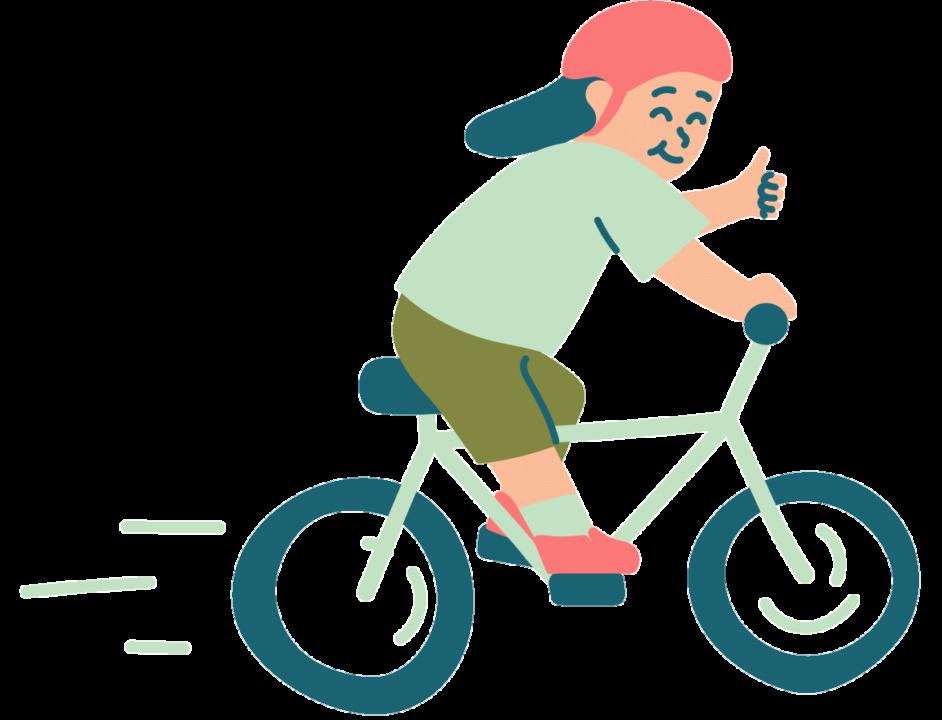
1 1 WhyEverydaySingaporeansShould
Tariffs date back to ancient times, and have been used throughout history. However, the use of tariffs has gradually declined since the 18th century, and especially after World War II, as the globalised world moved towards free trade. Yet, many countries still use tariffs today.
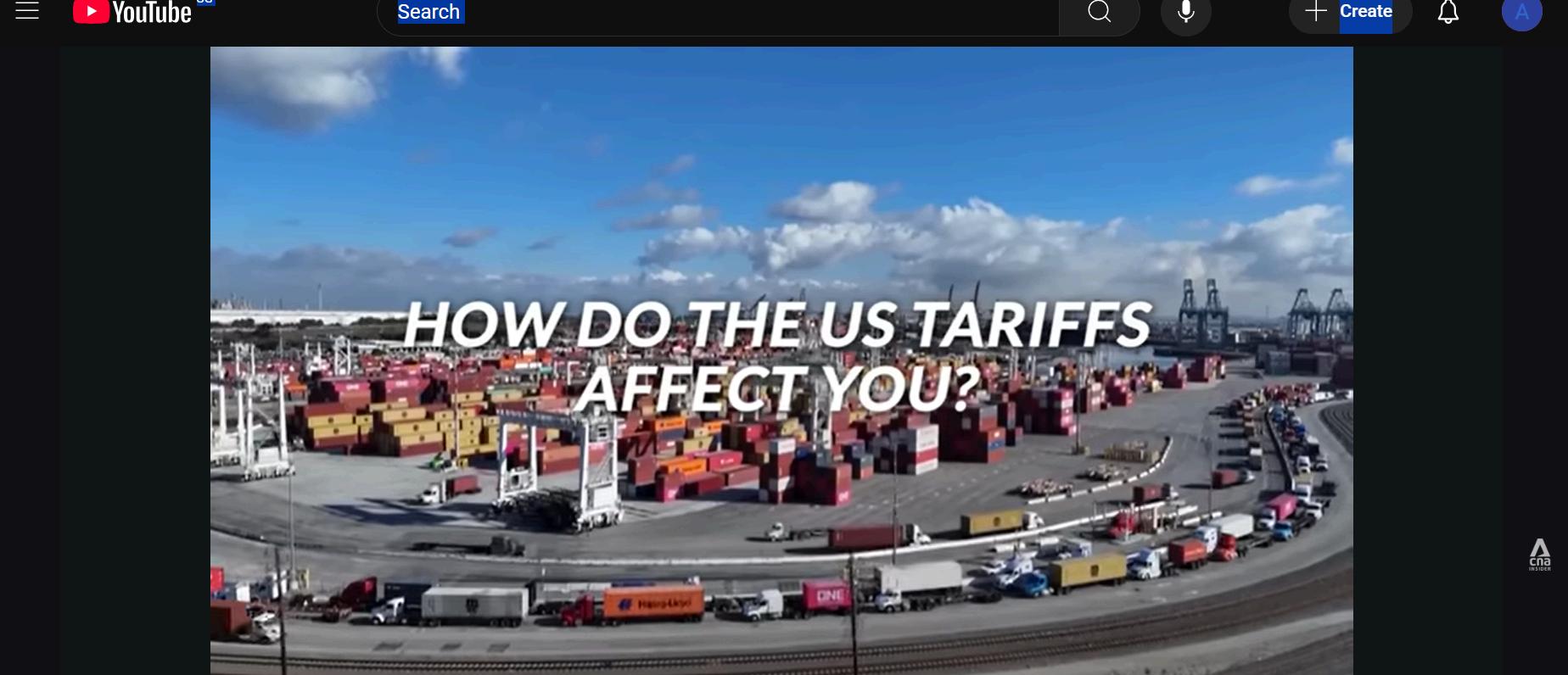
Tariffs can be a double-edged sword. Whether they help or hurt depends on who you are asking, what goods are involved, and the broadereconomiccontext.
So, what are the arguments FOR and AGAINST tariffs?
TARIFFS CAN BE BENEFICIAL


Tariffscanbeusedtoprotectcertaindomesticindustries intheshortterm.
Tariffscanbeusedtoprotectcertaindomesticindustriesintheshort term
Tariffs can be a temporary tool to protect emerging industries from overseas competition so that they can develop and become efficient. Some attribute the economic development of Asian countrieslikeSouthKoreatothisstrategy
However, it can be difficult to judge which industries are worth protecting to begin with. Moreover, such tariffs can be tricky to removelater.
2 2
Tariffscanhelpinsafeguardingnationalinterestsand autonomy.
Tariffs may be needed to counteract unfair practices like dumping This refers to selling products at an artificially low price to gain marketshare.
Outsourcing the production of certain goods or services to other countries might also pose a risk to national security Particularly when trade relationships are unequal, dependence on trading partners makes a country vulnerable to external pressures. This is especiallysoforkeyindustrieslikeoilorsteel.
TARIFFS CAN BE HARMFUL
Tariffscanbebeneficial
1 1

Tariffscanhurtthedomesticmarket.
Tariffs may lead to higher prices of imported goods and less variety in the long-run. Low-income households are generally hit the hardest, as they spend a higher proportion of their income on necessities.
Domestic industries may also become less efficient and innovative astheywouldnotneedtocompetewithoverseasfirms.
Moreover, other industries which depend on imported goods as inputswilllikelysufferfromhighercosts,whichmighthampergrowth andleadtojoblosses (Eg,carproducerswhorelyonimportedsteel asaninput).
2 2

Tariffsoftenleadtolowereconomicefficiencyglobally.
Tariffs interfere with the principle of comparative advantage, where efficiency is maximised as each country focuses on what they are bestatproducing.
Forexample:
CountryAproduceswheatatlesscostthanCountryB
CountryBproducesapplesatlesscostthanCountryA

It is more economically efficient for A to produce wheat, and B to produceapples,andforbothtotradewitheachother.
Conversely,iftheyweretoimposetariffsoneachotherandtryto produce both wheat and apples, there would be less wheat and applesproducedintotal
In CONCLUSION
Tariffscanbebeneficial
tariffs generally lead to lower efficiency and highercostsdomesticallyandglobally
This gets passed down to consumers in the form of higher prices, whichinturnreducethetotaldemandforproductsthataresubjected tothetariffs.Singapore,asasmallcountrywithlittlenaturalresources, has consistently favoured a free and open economy with minimal tariffs.
Nonetheless, there are some scenarios where tariffs may be beneficial, and many of the free-market countries still have certain tariffsinplace Yetimposingtariffsorraisingexistingonescantrigger retaliatory measures that escalate into a trade war among countries. This may have knock-on effects on other countries, increasing geopoliticalinstability.
At the same time, it is important to note that tariffs are not the only tool to reduce trade with another country. Import quotas and subsidiescanalsohavealargeeffectontrade,eventhoughtheymay getlessattentioninthenews.
USING THIS ARTICLE IN THE CLASSROOM
This article can be used to support the teaching of Issue 3: Being Part of a Globalised World in the 2023 ENAsyllabus. Ithelpstointroduceordeepenstudentsunderstanding of economic globalisation and how governments respond through policies such as tariffs and free trade agreements.
Consider using the Differentiated Instructional strategy - Varying Questions, to support classroom discussionsofthisarticle
FACILITATING CLASSROOM DISCUSSIONS WITH VARYING QUESTIONS
Tariffscanbebeneficial
WhatIstheVaryingQuestionsStrategy?


Crafting questions that target students’ ability to remember, understand and apply are most appropriate for diagnosing their strengthsandweaknesses. Questions that involve analysing, evaluatingorcreatinginformationare suitable for problem solving and generatingideas.
Students Through Differentiated Questioning
While teaching the same topic, teachers can empower students to tackle questions at different levels depending on their readiness At the same time, questions at the same levels can also be further scaffolded for weaker students Asking intentional and scaffolded questions therefore allows teachers to differentiate learning in real timeandencouragestudentstobemoreself-directed.

To ensure that the questions are aligned with the learning objectives,itisimportantto:
decideonthegoalorpurposeofaskingquestion; selectthecontentforquestioning; prepare a list of questions that are arranged in a logical sequence.
These questions can be revisited or substituted with other questionsduringthelesson,ifnecessary; phrasequestionsclearlyandsuccinctly; askopen-endedquestionsthatrequireanextendedanswer; anticipate possible student responses to facilitate follow-up activities.
The following questions are designed to deepen students’ understanding of Free Trade Agreements (FTA), tariffs and their impact on global trade, while encouraging critical thinking about Singapore's positionintheglobaleconomy.
QUESTION TYPES EXAMPLES

REMEMBERING

UNDERSTANDING

APPLICATION

ANALYTICAL

EVALUATION

CREATING


Whataretheeconomicbenefitsof participatinginFTAs?
Explainhowtariffsinfluenceinternational trade.
Howmighta10%tariffoneverydayitems affectdifferenthouseholdsinSingapore? Considertheimpactonbothhigh-income andlow-incomefamilies
Whataretheshort-termandlong-term consequencesofimplementingtariffsfora country'seconomy?
Whatisthebiggestimpactonacountry’s domesticindustries(e.g.,manufacturing companies)afterparticipatinginFTAs?
Proposetwowaysthatlocalbusinessesand citizenscanworktogetherwiththegovernment tomakethemostofSingapore'sFTAs.
EXAMPLE OF
USING VARYING
QUESTIONS IN THE SOCIAL STUDIES CLASSROOM

Students in a classroom will be divided into two groups, A and B, accordingtotheirreadinesslevels
In Issue 1, Chapter 2.1 on the ‘Functions of Government’, Tables 3.26 and 3.27 show how questions can be differentiated in terms of their breadth and depth to allow teachers to check for understanding and extendstudents’learning
1 1

Differentiatingprocessaccordingtoreadiness
This entails matching the complexity of a task and teacher support to students’ current knowledge, understanding and skill. As the lesson progresses, the teacher can ask questions in an ascending order based on the first three levels of the Revised Bloom’s Taxonomy model to determine if students have understood the key learningoutcomes Thesequestionsshouldbeaskedatappropriate junctures when the content has just been taught. While all students answer the questions within the same levels, additional scaffolding isprovidedforGroupAbyphrasingthequestionsinamorespecific mannerwhichprovidesdirectionandguidance.


Differentiatingcontentaccordingtoreadiness
At the consolidation stage after students have explored the functions of government, students will examine the topic at varying depths through these questions. Students in Group A will focus on questions at the first 3 levels while students in Group B will progress to attempt questions from levels 4 to 6. Since students in Group B have demonstrated mastery of basic content, they can proceed to analyse, evaluate, and create new information. As the students in Group A become more confident in grasping the lesson content, they may also challenge themselves to answer the questions at the higherlevels. 2 2


ADDITIONAL RESOURCES
SLSLesson
SocialStudiesE/NA(2023):SLSlesson–"Responsestoeconomic impactsofglobalisation:Howcangovernmentsrespondto economicopportunitiesandchallenges?”
RecommendedResourcesfromNLB
Videos
1.AsstProfGohJingRongonpotentialimpactofTrump'stariffson Singapore'seconomy
CNA,“AsstProfGohJingRongonpotentialimpactofTrump'stariffs onSingapore'seconomy,”YouTube,3February2025,video,07:57.
2.InternationalTradeExplained
CFREducation,“InternationalTradeExplained,”YouTube,18June 2019,video,06:41.
3WhyEverydaySingaporeansShouldCareAboutUSTariffs(&How ItMightAffectYou)|TalkingPoint
CNAInsider,WhyEverydaySingaporeansShouldCareAboutUS Tariffs(&HowItMightAffectYou)|TalkingPoint,YouTube,16June 2025,video,23:28.
4.ReadtobeSURE:Tariffs
NationalLibraryBoard,ReadtobeSURE:Tariffs,Instagram,10July 2025,video,01:15.
5SMLeeonwhyTrump’stariffsmoveisdifferentfrompastcrises StraitsTimes,“SMLeeonwhyTrump’stariffsmoveisdifferentfrom pastcrises,”YouTube,14April2025,video,01:56
6.US10%tariffrategivesuslittlecomfort:PMWong StraitsTimes,“US10%tariffrategivesuslittlecomfort:PMWong” excerptfromNationalDayRally2025,17August2025,video,01:23.

FURTHER RESOURCES
Websites
1.Whataretariffs,andwhyaretheyrising?
ElijahAsdourianandDavidWessel “Whataretariffs,andwhyare theyrising?”1July2024.
2.Aretariffsgoodorbadfortheeconomy?Researchsaysthey canbebadforthesupplychain
“Aretariffsgoodorbadfortheeconomy?Researchsaystheycan bebadforthesupplychain”GeorgiaStateNewsHub,October 2024.
3.Re-examiningtheconnectionbetweenpeace,conflictandtrade -WarPreventionInitiative
“Re-examiningtheconnectionbetweenpeace,conflictandtrade -WarPreventionInitiative”27May2015.
4.SingaporemustbraceitselfformoreshocksfollowingUStariffs: PMWong-CNA
“SingaporemustbraceitselfformoreshocksfollowingUStariffs: PMWong”ChannelNewsAsia,4April2025.
5.Singaporecannolongerrelyon'working'globaltradingsystem tofitinto,unlikeinpastcrises:SMLee-CNA
DavinaTham,“Singaporecannolongerrelyon'working'global tradingsystemtofitinto,unlikeinpastcrises:SMLee”Channel NewsAsia,14April2025.
ATeacher’sJourney (JoelLee,OYEA2024Recipient)
E D I TO R ’ S N OT E
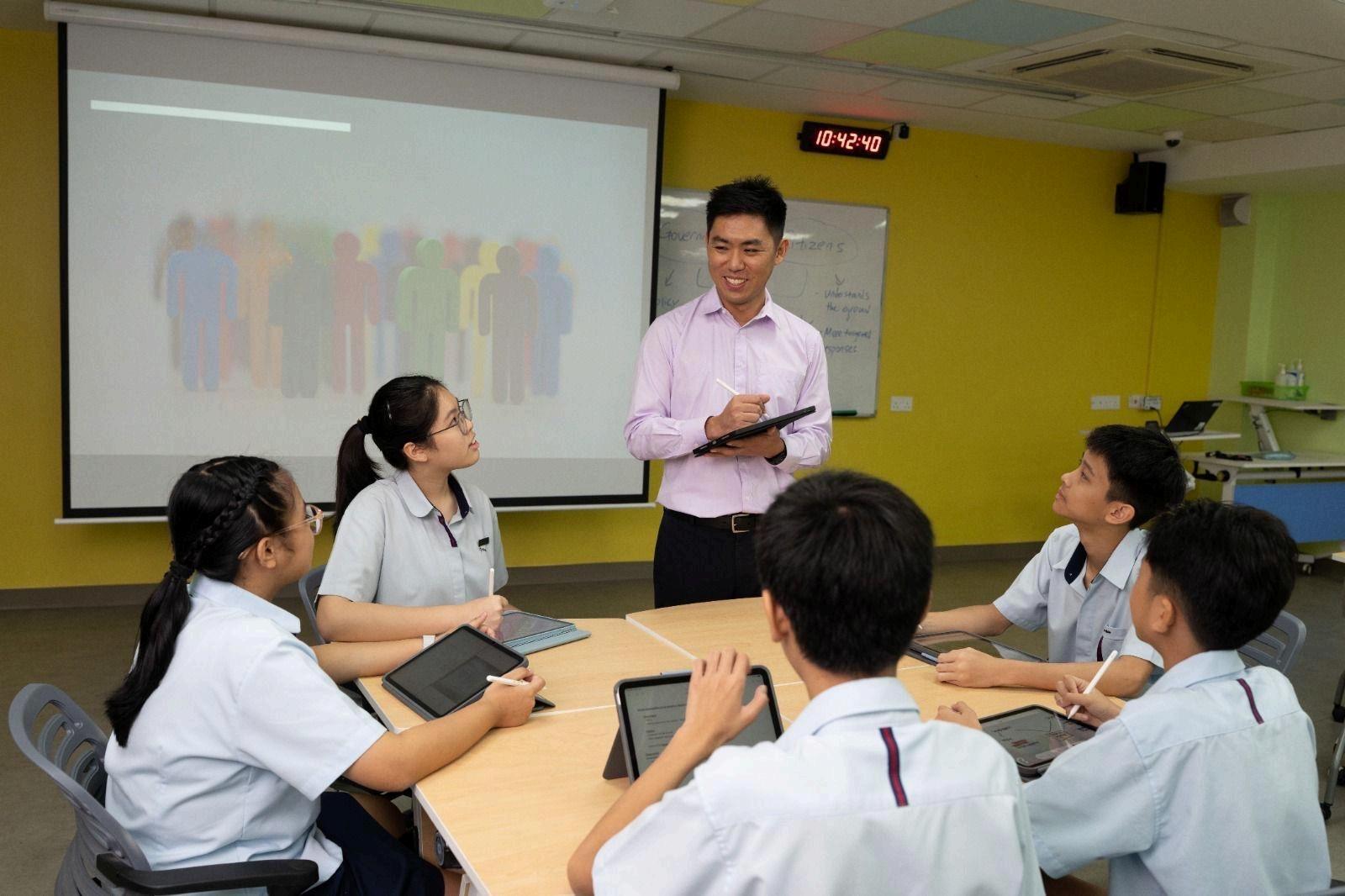
Social Studies as a Means of Connection
To Joel, Social Studies is a subject that connects the what and the how with the why For him, beyond teaching facts, Social Studies is also about nurturing character. It equips students with the necessary tools to make sense of issues such as governance, diversity and community, then goes one step further by challenging them to reflect, “What is my role in this, and how can I make a difference?”
This, he believes, is what makes Social Studies deeply personal. Lessons are drawn not only from textbooks but also from everyday life— newspaper headlines, neighbourhoods and even social media feeds More than delivering content, Social Studies is about cultivating empathy and perspective-taking.
Social Studies has often been described as a subject that prepares students to understand their place in society For Mr Joel Lee, Social Studies teacher at Riverside Secondary School and recipient of the Outstanding Youth in Education Award (OYEA) 2024, it is nothing less than “the heartbeat of education” To him, the subject keeps learning meaningful by connecting students to the deeper questions of values and choices

The iSSues Explorer team sat down with Joel to hear more about his journey as a Social Studies teacher, his philosophy of teaching and his hopes for the future of the subject
Transformative Moments

Joel’s commitment to connecting classroom content with lived realities has created memorable transformations in his students.
He recalls a Secondary One student who was openly dismissive of Social Studies “He would often say it was a waste of time,” Joel laughs That changed after a lesson where migrant workers were invited to share their personal stories. Initially sceptical, the student became increasingly thoughtful as he listened to accounts of sacrifice missing family milestones and leaving loved ones behind. In the days that followed, he even handed Joel a gift pack and handwritten notes to pass to the workers. “It was a powerful transformation from indifference to empathy,” Joel reflects “That is something no grade can measure ”
Another moment came during a classroom discussion on inclusivity. A quiet student, who often struggled with the subject, raised his hand to ask, “How is the government going to fund this?” For Joel, it was a simple yet profound question that showed the student was thinking critically about policy trade-offs “It signalled a deeper level of engagement—he was no longer just scratching the surface ” Like the student who developed empathy for migrant workers, this quiet learner had discovered his analytical voice, demonstrating how Social Studies can awaken critical thinking in even the most reluctant participants.
Making Learning Authentic
To bring Social Studies to life, Joel designs experiences that allow students to encounter real voices and perspectives. This includes games, learning journeys and inviting subject matter experts into the classroom
“Hearing a policymaker discuss the challenges of balancing competing needs or a migrant worker speak about the personal cost of living gives a personal touch to what’s in the textbook,” he explains

Importantly, these opportunities are not confined to his own classes. Joel works with his fellow teachers to scale these opportunities to entire cohorts, ensuring that all students benefit This collaborative approach fosters a shared sense of ownership and fairness To make these experiences sustainable, Joel and his team thoughtfully weave them into the department’s scheme of work. By embedding these encounters as part of the formal curriculum, each successive batch of students can look forward to similar touchpoints whether it’s hearing from a policymaker or engaging with a migrant worker’s lived experiences
In particular, dialogues with esteemed individuals are always organised at the cohort level rather than confined to a single class. This ensures that every student, regardless of stream or form class, gains equal access to these authentic learning experiences. “Ultimately, we want all students to have access to these authentic encounters,” he says Teaching as a team
Creating a Safe Space for Dialogue
A hallmark of Joel’s classroom is the emphasis on respectful dialogue “It is about modelling the behaviours we want to see,” he explains. Classroom norms are clear: listen without interrupting, critique ideas instead of people, and recognise that disagreement is not necessarily disrespect
He makes it a point to affirm contributions, no matter how different they may be. “It takes courage to voice an opinion that goes against the majority,” Joel observes “When students see the classroom as a safe space, they are more willing to engage thoughtfully.”
Congratulations once again to Joel Lee, the OYEA 2024 recipient! His work reminds us of the enduring power of Social Studies—to nurture empathy, critical thinking and
Looking Ahead
Joel hopes to see Social Studies classrooms across Singapore become even more inquiry-driven He envisions lessons where students investigate issues they care about, meet stakeholders such as policymakers and NGOs, and work collaboratively to propose solutions
“In a world facing complex challenges from sustainability to ageing populations we need citizens who can work across differences,” he says. For him, the Social Studies classroom is the ideal training ground for this “It is where students learn to listen, negotiate and find common ground. If they leave knowing they have a role to play, that is when real change happens.”


2020
N(T)
Syllabus
SLS Resources 2020 N(T) Syllabus SLS Resources
Book 2B: Water Pollution [G1 Humanities (Social Studies)]
Dive in! The IDT module on water pollution is now enhanced with SALiS!
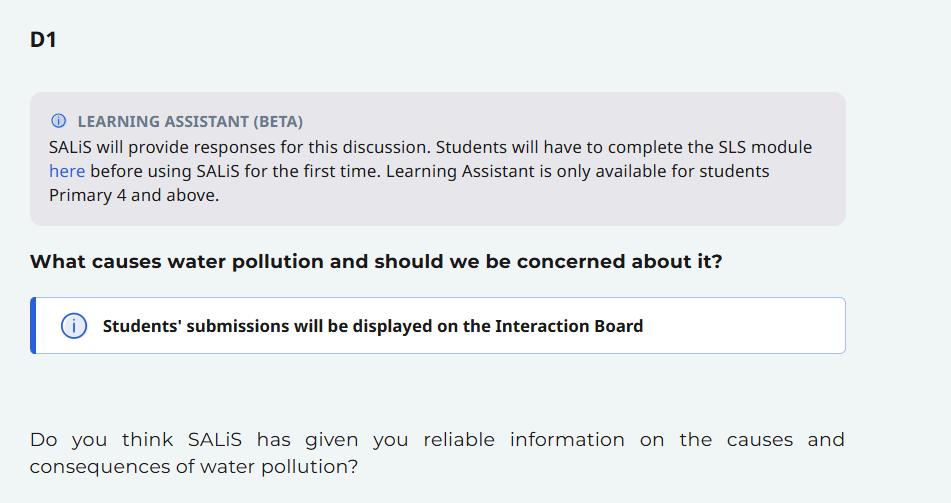
Book 3: Impact of globalisation on cyber security and possible responses to it [G1 Humanities (Social Studies)]
Students will learn how globalisation impacts cyber security and uncover the strategies being adopted by businesses to fight ransomware.
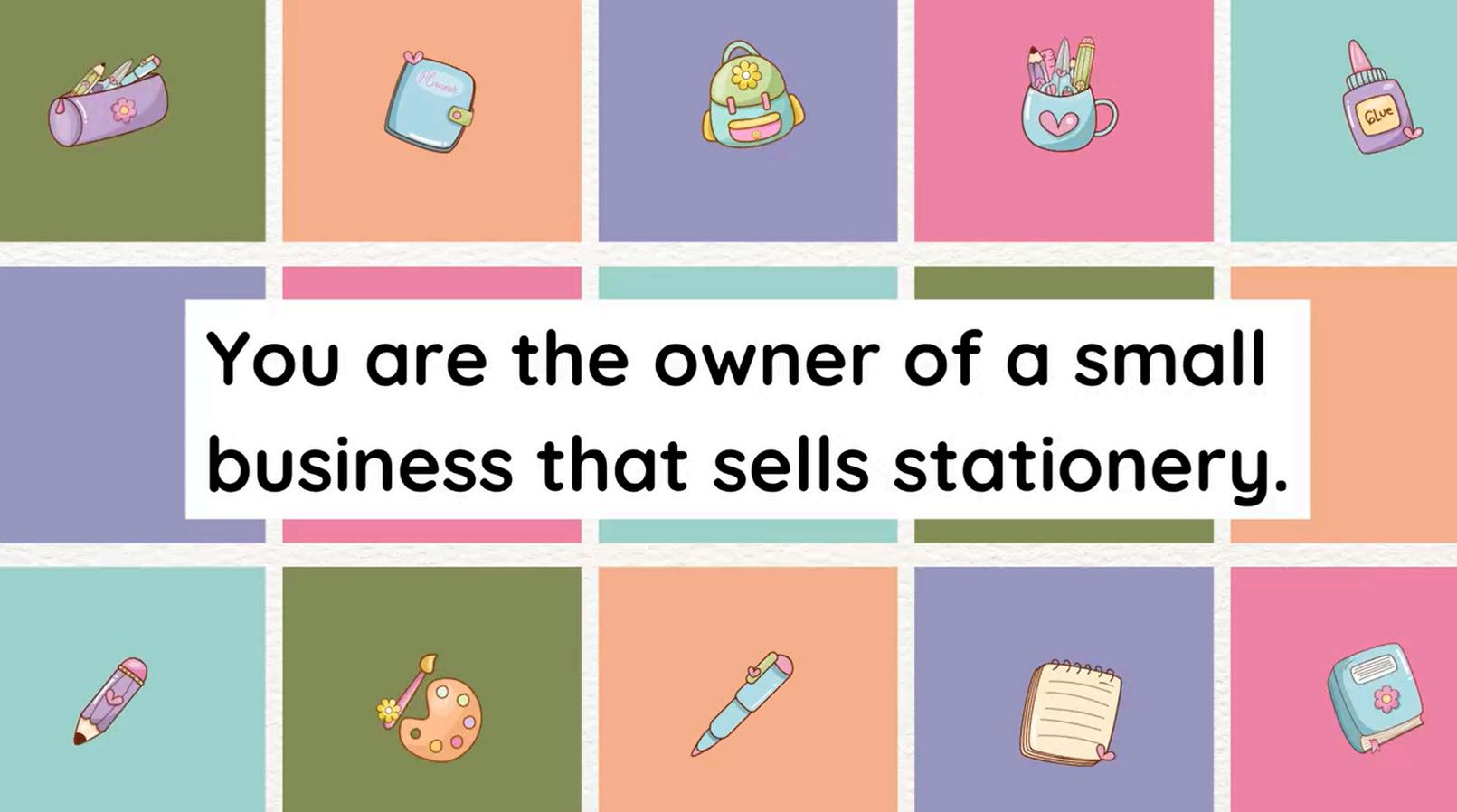



Book 4: Checking Casey (Chapter 4)
This new SLS module guides students to learn about line graphs through an interactive animation!
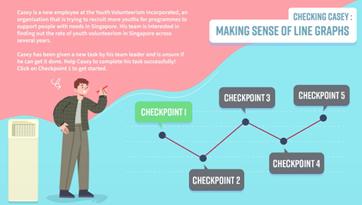


E21CC Made Easy: Lesson Ideas for E/N(A)
E21CC Made Easy: Lesson Ideas for E/N(A)
Issues 1 & 2
Issues 1 & 2
Please note that these lesson ideas are currently in draft mode. We encourage you to try them out and adapt them for your student profiles. Your practical insights on how these lesson ideas work in your classroom and suggestions for enhancement will help us refine these resources for the Social Studies fraternity.
Access these lesson ideas using the QR codes below!

flow.
Updates to 2023 E/N(A) SLS IDT
Updates to 2023 E/N(A) SLS IDT
Modules updates will be in place by Dec 2025
Modules updates will be in place by Dec 2025
Additionally, we are activating the Short Answer Feedback Assistant, which will provide feedback to students and encourage self-directed learning. Finally, we have integrated LEA/SALiS functionality into the Connect and Construct and/or Discussion sections to enhance collaborative learning.
These exciting improvements ensure a more interactive and comprehensive learning journey for all students.
